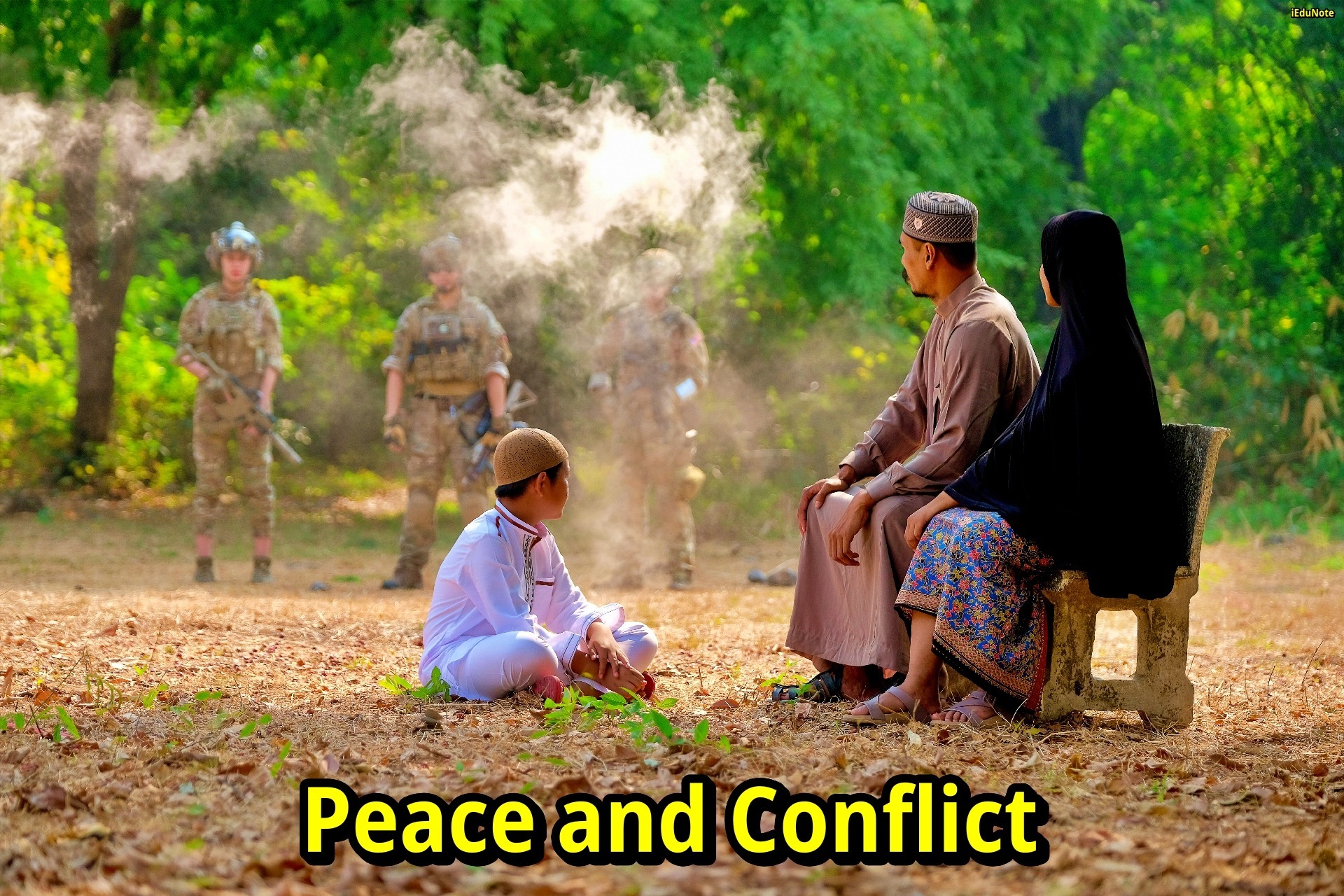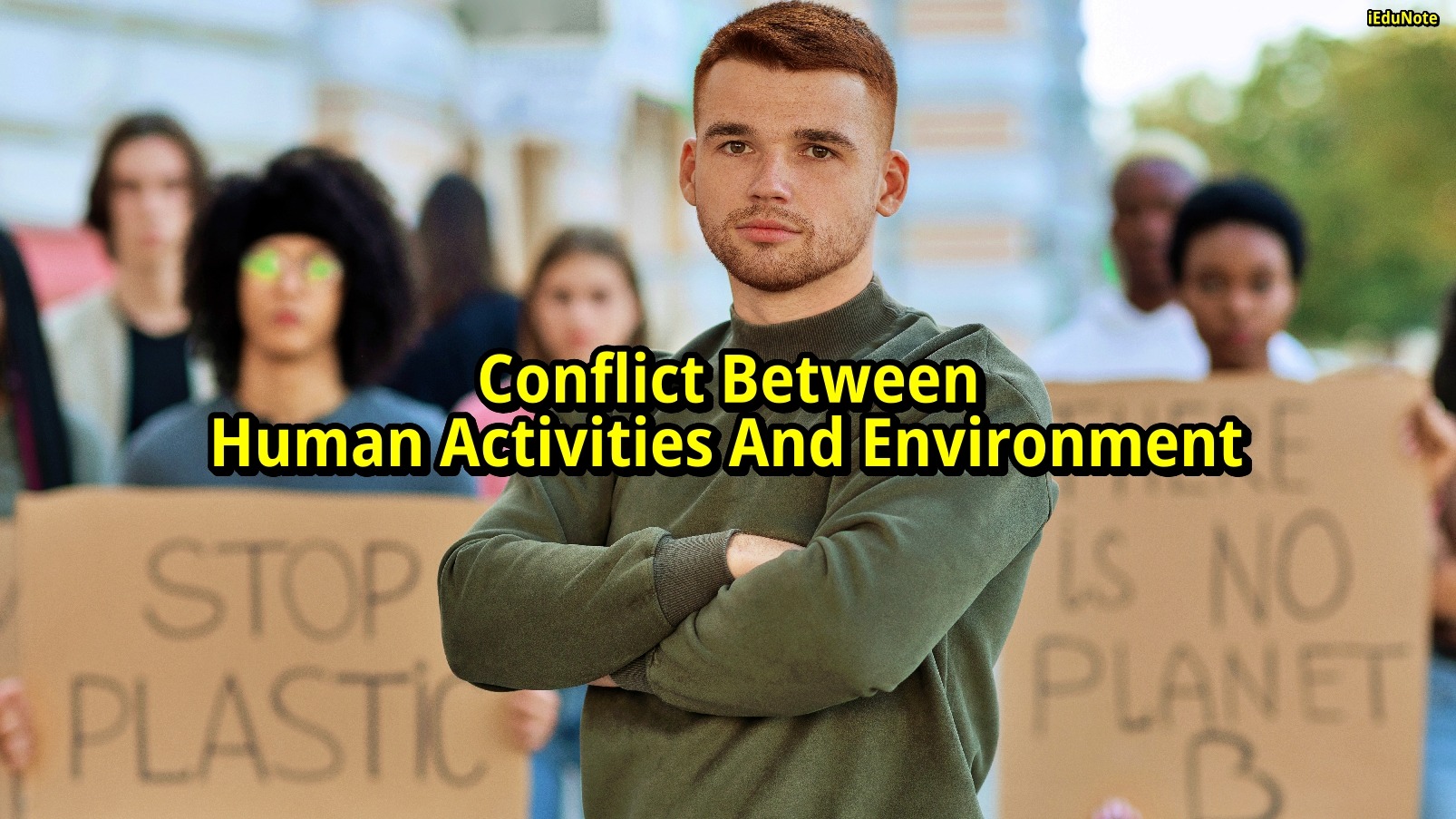Diplomacy is carried out mostly in confidence between states. The value of diplomacy lies in the communication among states to resolve issues or conclude agreements on matters of mutual interest.
Meaning of Diplomacy
“Diplomacy,” said Sir Ernest Satow, “is the application of intelligence and tact to the conduct of official relations between the governments of independent states.” It means conducting inter-state relations through officially recognized representatives, commonly known as diplomats.
Diplomacy is a waiting game, and sometimes it takes years to resolve a dispute or come to an understanding on a matter of mutual concern. The purpose of diplomacy is to avoid situations in which states are compelled to make one choice.
A diplomatic representative has firsthand knowledge of situations in the state where he/she is posted and can better judge or assess situations affecting the relationship between two states. By negotiating secretly, states attempt to reconcile conflicting interests.
Another element of diplomacy is its secrecy. If a matter is not successfully concluded through diplomatic negotiations, no one is aware of it except the two negotiating states.
The art of diplomacy is that it is cost-effective. Diplomacy provides a channel for sharing values and helps parties to understand each other’s points of view on a given issue within an environment of frankness and openness.
Diplomacy works best when one’s views are not forced on a country that is very reluctant to accept them because they are not going to really implement them.
Some foreign policy experts believe that the worst types of diplomats are “fanatics, zealots, and missionaries.” The hallmark of diplomats is that they should be negotiators, not bullies.
History of Diplomacy
The practice of the exchange of diplomatic agents among states can be traced back a few thousand years. The ancient Greeks and Romans conducted extensive diplomatic practices. By the fifth century BC, diplomatic representatives traveled regularly within the Greek city-state system.
Evidence also exists that Romans, Egyptians, Chinese, Indians, and Persians exchanged diplomats to conduct their foreign relations. Modern diplomacy with permanent embassies in each other’s states is dated back to the 15th century to the Italians.
Gradually it spread over Europe, and by 1815, the Congress of Vienna defined and regulated the conduct of diplomacy. Its usefulness was recognized by all states.
Types of Diplomacy
Diplomacy may be bilateral or multilateral. Bilateral diplomacy consists of two states, while multilateral diplomacy involves negotiation with international organizations, such as the UN and other organizations. At present, it is not only the states but international organizations, such as the UN, World Trade Organization (WTO), World Health Organization (WHO), and other intergovernmental bodies which negotiate with states on a variety of social, economic, cultural, scientific, and educational matters. Often these organizations hold multilateral conferences on subjects such as population, food, health, disarmament, and women’s rights.
Diplomatic representatives have to be in constant contact with the programs of these organizations in order to keep their governments properly informed. In all meetings, diplomats represent and express views on behalf of their countries and if required negotiate and vote for resolutions or declarations.
A new type of diplomatic endeavor is holding summit conferences between heads of governments to expedite agreement on contentious issues, and such meetings are often called Summit Diplomacy. Summit diplomacy is currently in vogue. India and Pakistan resorted to summit diplomacy to resolve their bilateral problems.
During the Cold War, the US and the former Soviet Union leaders often met to reduce global tension. After the end of the Cold War, leaders of Britain, Canada, Italy, Japan, France, Germany, and the US, together with Russia (known as G-8), regularly held summit meetings to chalk out their strategies on global political, social, and financial issues.
Another diplomatic activity is known as Shuttle Diplomacy in which a diplomat or a special envoy or representative travels between places to mediate to find a solution to issues.
The well-known case of such shuttle diplomacy was that of US Secretary of State Henry Kissinger in the 70s between capitals to try to find a basis for resolving disputes. The UN Secretary-General or a special envoy undertakes this type of diplomacy to iron out differences.
Functions of Diplomats
There is a saying that a diplomat is a person who can tell you to go to hell in such a way that you actually look forward to the trip.
Diplomacy is an art of speaking harsh facts in sugar-coated words. In diplomacy, intelligence, charm, fairness, and a capacity for persuasion come into full play. Diplomacy is involved in human relationships, and confidence and trust, and not deceit or duplicity, should be the underpinnings of diplomacy.
The functions of diplomats have been formally described in Article 3 of the 1961 Vienna Convention on Diplomatic Relations. They consist, among others, of the following:
- Representing the sending state in the receiving state,
- Protecting in the receiving state the interests of the sending state and of its nationals, within the limits permitted by international law,
- Negotiating with the government of the receiving state,
- Ascertaining by all lawful means conditions and developments in the receiving state and reporting thereon to the government of the sending state, and
- Promoting friendly relations between the sending state and the receiving state and developing their economic, cultural, and scientific relations.
With regard to (4) above, a diplomat is lawfully entitled to obtain information on political or security matters from persons within the sending state.
That is why diplomats are required to entertain local people with tea, lunches, or dinners or hold musical functions or art exhibitions to build a network of relationships among a cross-section of influential people in the receiving state.
As a result, a diplomat’s functions, including gathering information, become easy and smooth. The activities must conform with local laws.
Suppose a diplomat carries out functions incompatible with diplomatic activities. In that case, he/she is likely to be declared persona non grata by the authorities of the receiving state (Article 9 of the Vienna Convention on Diplomatic Relations).
In simple terms, a diplomat is expelled from the country of his/her posting to the sending state.
Categories of Diplomats Or Envoys
The heads of diplomatic missions are divided into two classes:
- Ambassadors/High Commissioners,
- Chargé d’affaires.
An Ambassador to a Commonwealth country is known as the High Commissioner. An Ambassador is the head of the diplomatic mission.
Chargé d’Affaires (French phrase) acts as the head of the mission while the Ambassador is away or when a diplomatic mission is not headed by an Ambassador. Any diplomatic officer can officiate to head the mission.
Special Envoy
In special cases, a state may send a special envoy to perform a specific task, and any person, including a cabinet minister or a retired ambassador, may be given that position to carry out the specific job. In such instances, the special envoy will have access to the head of state or government of the receiving state. For example, a special envoy may be appointed to negotiate on the Kashmir dispute by both parties (India and Pakistan).
Ambassador And Chargé d’affaires
Both the Ambassador and Chargé d’Affaires represent the sending state in the receiving state. Both perform the same duties, but the difference lies mainly in three areas:
- An Ambassador presents his/her credentials (Letter of Appointment signed by the head of the state) to the
- head of the receiving state, while the Chargé d’Affaires presents it to the Minister of Foreign Affairs,
- An Ambassador has a right to have access to the head of state/government (President or Prime Minister), while the Chargé d’Affaires does not have a similar right as that of an Ambassador, and
- an Ambassador receives his/her diplomatic precedence over other Ambassadors from the date of presentation of credentials to the head of the state.
At the same time, the Chargé d’Affaires will remain at the bottom in precedence among the Ambassadors. If the relations between two states worsen, one of the ways to indicate displeasure is to recall the Ambassador, and the Chargé d’Affaires remains at the mission.
This means the status of the diplomatic mission has been downgraded. In some cases, if inter-state relations are not fully developed, an Ambassador is not sent, and a diplomatic officer is to head of the mission as Chargé d’Affaires.
In other words, a diplomatic mission has not attained a full-fledged status. A case in point is when, in 1972, US President Nixon first did not send an Ambassador to China and appointed a Liaison Officer as the first step in the normalization of diplomatic relations between the US and China.
Categories Of Diplomatic Officers Or Envoys
The Diplomatic officers are mainly divided into the following categories:
- Deputy High Commissioner/Minister
- Counsellor
- First Secretary
- Second Secretary
- Third Secretary and
- Attaché.
However, the Defense Attaché may carry the rank of a Minister or other ranks according to an individual’s military rank. In addition, the other officers appointed in the mission may be a Press Attaché or Commercial Attaché, or Educational Attaché.
The reason is that these latter officers are not career diplomats but are posted in the mission to perform their specialized duties within their field of competence or expertise. A diplomat deals mainly with political relations between two states and may cover all areas of bilateral, regional, and international issues.
There is no limitation on the duties of a diplomat.
In that sense, a diplomat must be differentiated from other officers in the mission because specialized officers deal only within their limited fields.
Procedure Of Appointment Of Ambassador/High Commissioner
An Ambassador cannot be sent to another state without receiving the receiving state’s approval or agreement (agrément – French word). This requirement is only in the case of an Ambassadorial appointment.
Other officers, including a Chargé d’Affaires, can be sent at any time without any approval from the receiving state. Once the receiving state conveys the agreement to the sending state, the appointment of an Ambassador is publicly announced.
This prior agreement procedure does not apply when sending an Ambassador to the UN or any other international organization. If an approval is unusually delayed, it implies that the receiving state is not inclined to endorse the nominated person as Ambassador in the receiving state.
For example, if a person is accused of or responsible for gross human rights violations, the receiving state may be reluctant to receive the person as Ambassador.

